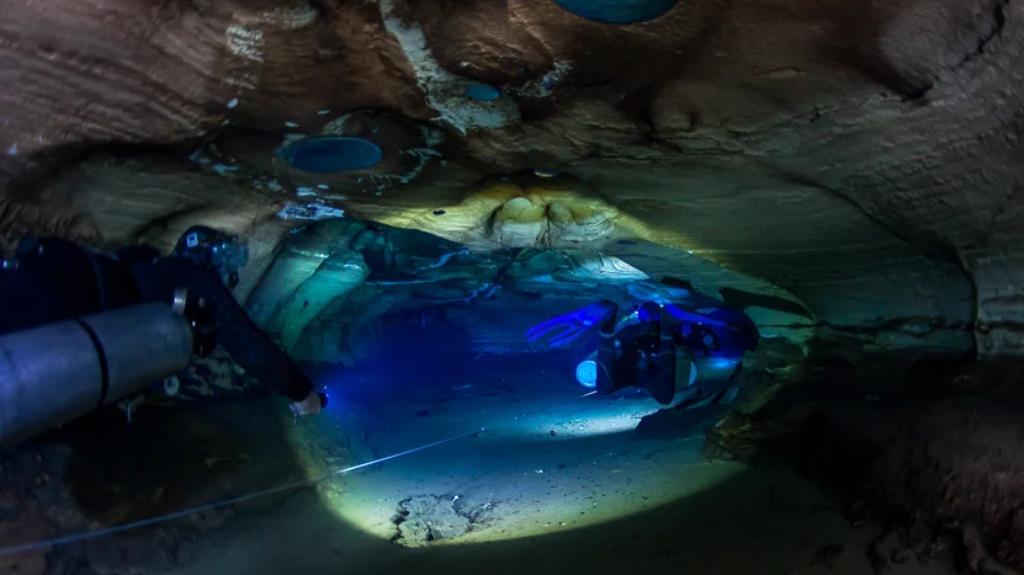Oleg´s bat cave (Exclusive)
Explore the Depths with Oleg´s Bat Cave (Bat House) Sidemount Cave Diving Excursion
Join us on an exclusive excursion to the renowned Oleg Bat House Cave, located in the beautiful Bavaro area of the Dominican Republic. As a original finder of the cave in 2009 I have exclusive rights to guide diving groups into it.
Excursion Details:
- Destination: Oleg Bat House Cave, Bavaro, Dominican Republic
- Certification Requirement: Sidemount Cave Diver Certification
- Duration: Full day excursion
- Access: 30-40 minute drive on dirt roads (local knowledge provided)
- Highlights: Striated rock walls, potholed ceilings, and extraordinary geological features
- Underwater Exploration: Dive into an underwater realm with unparalleled beauty
- Marine Life: Encounter millions of cave-adapted shrimp, worms, and other fascinating fauna
- Safety: Prioritize safety with our experienced and knowledgeable cave diving guides
Description:
Calling all experienced cave divers! Embark on an unforgettable journey into the depths of Oleg Bat House Cave, a hidden gem nestled near Bavaro in the Dominican Republic. This full-day excursion is tailored for 1-3 certified sidemount cave divers seeking an unparalleled underwater adventure.
Discovery:
This remarkable cave was discovered in 2009 by me Oleg Shevchuk, and named due to the large number of bats roosting within and the remarkable sample of fossil bats collected from its depths.
Getting There:
A scenic 30-40 minute drive on dirt roads, guided by our local expertise, will lead you to this subterranean wonderland.
Cave Features:
Prepare to be captivated by the cave's remarkable geological formations. Marvel at the striated rock walls, potholed ceilings, and other extraordinary features sculpted over millennia.
Underwater Exploration:
Descend into the crystal-clear waters and discover an underwater realm of unparalleled beauty. As you navigate through submerged passages, you'll encounter millions of cave-adapted shrimp, worms, and other fascinating fauna that have made this unique environment their home. You'll also have the opportunity to see the fossilized remains of the Cuban crocodile, Crocodylus rhombifer, and other extinct species, making this a dive into prehistory.
